AUDI Q7 [AQ7] 2010-2013
PTC EGT Sensor Manufacturers
PTC EGT Sensor, often referred to as a PT200 or PT500 sensor, utilizes the principle that the electrical resistance of platinum changes predictably with temperature. These sensors are highly accurate and stable, making them ideal for measuring exhaust gas temperatures in automotive, industrial, and environmental applications. The sensor typically consists of a platinum wire or film encapsulated in a protective sheath, designed to withstand harsh conditions, including high temperatures and corrosive gases. By monitoring the resistance, the sensor provides precise temperature readings, which are crucial for optimizing engine performance, reducing emissions, and ensuring compliance with environmental regulations. Their reliability and durability make them a preferred choice in demanding environments.
| Sensor Type | PT200 |
| Probe Numbers | 1 |
| RTD Type | PT200 |
| Operating Temp. Range | -40 ℃ to +850 ℃ |
| Measurement Accuracy | <600℃:±4℃ |
| >600℃:±7℃ | |
| Response Time at 10m/s | <10s |
| Signal Output On the Car | Voltage |
| Design Reliability | Excellent |
-

-
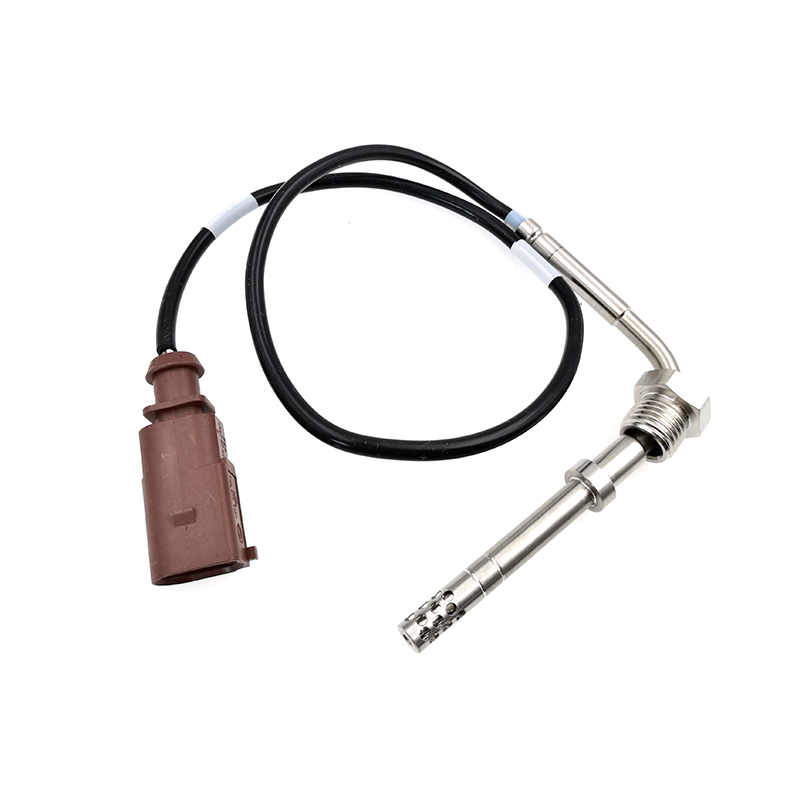 059906088AB PTC EGT Sensor
059906088AB PTC EGT SensorAUDIQ7 (4L) (2006/03 - 2015/08)VWTOUAREG (7LA, 7L6, 7L7) (2002/10 - 2010/05)VWTOUAREG (7P5...
-
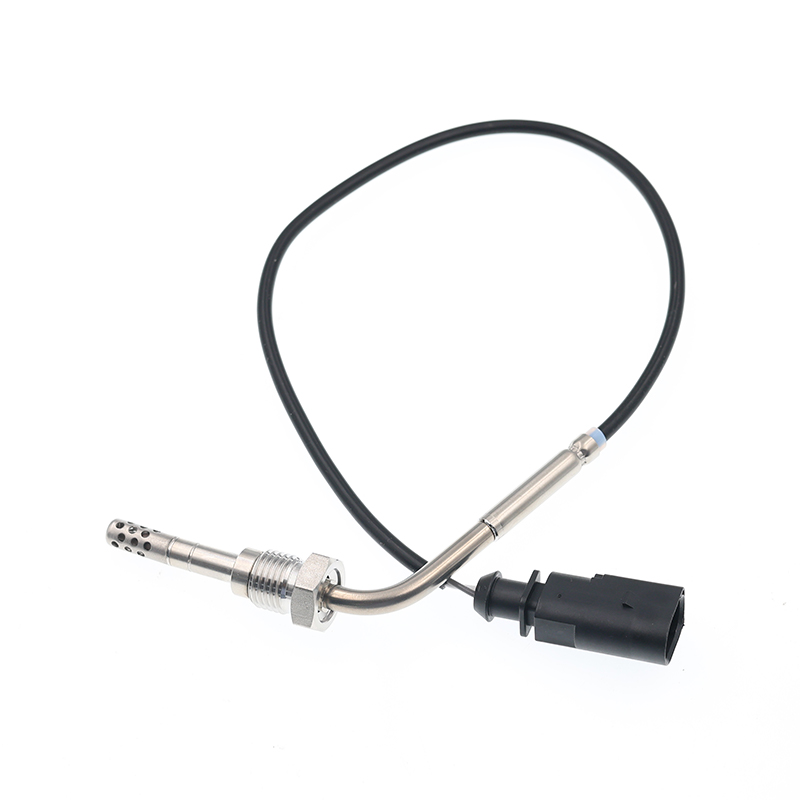 059906088BJ , 059906088CL , 7452245 PTC EGT Sensor
059906088BJ , 059906088CL , 7452245 PTC EGT SensorAUDIQ7 (4L) (2006/03 - 2015/08)AUDIA5 (8T3) (2007/06 - /)AUDIA4 (8K2, B8) (2007/11 - ...
-
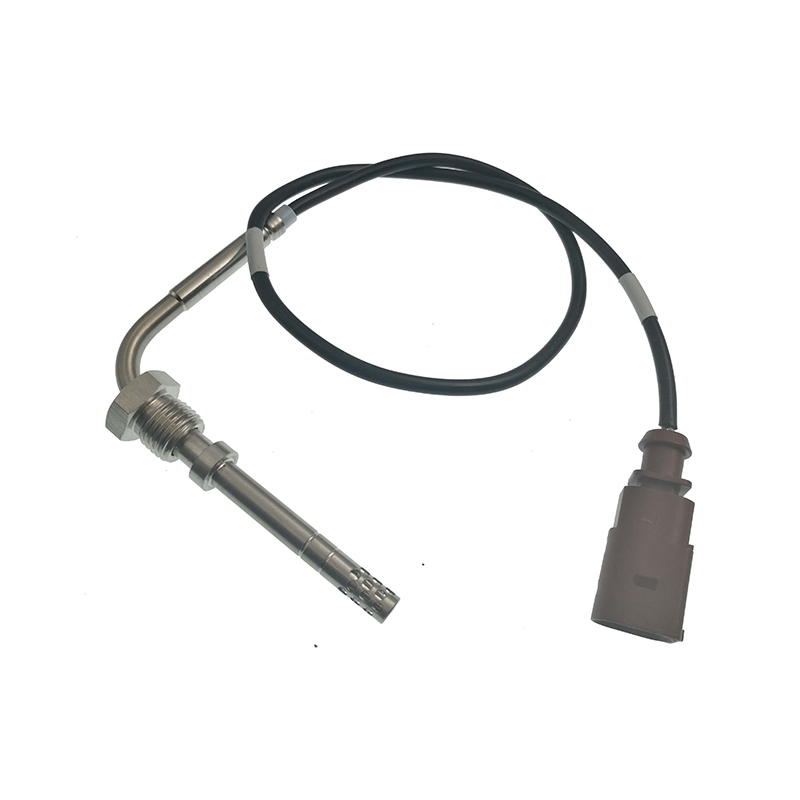 059906088T , ASTE-0234 , 273-20234 PTC EGT Sensor
059906088T , ASTE-0234 , 273-20234 PTC EGT SensorAUDI OEM 11-12 Q7 3.0L-V6 ...
-
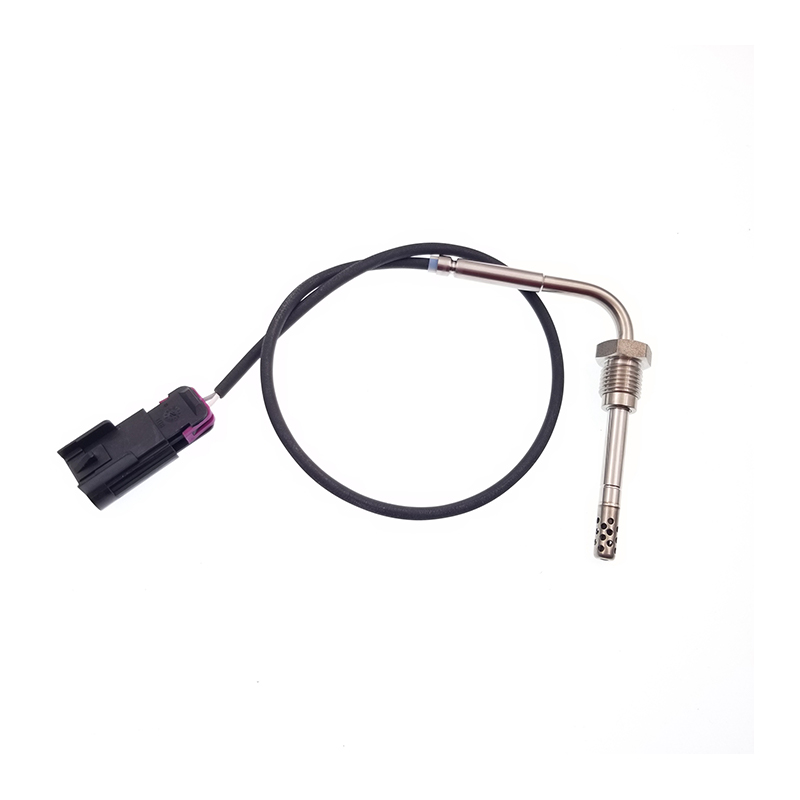 12622554,2134694,SU14687 PTC EGT Sensor
12622554,2134694,SU14687 PTC EGT SensorCHEVROLET SILVERADO 2500 (2011 - 2015)CHEVROLET SILVERADO 3500 (2011 - 2015)GMC SIERRA 2500 (2011 - ...
-
 05149103AA , 5149103AB PTC EGT Sensor
05149103AA , 5149103AB PTC EGT SensorMercedes A (W169) 160 CDI,Jeep Grand Cherokee III 3.0 CRD JEEP 2007-2009
-
 0009050632 , 7452407 PTC EGT Sensor
0009050632 , 7452407 PTC EGT SensorMercedes S Class W211 Pre Cat 2012-2013
-
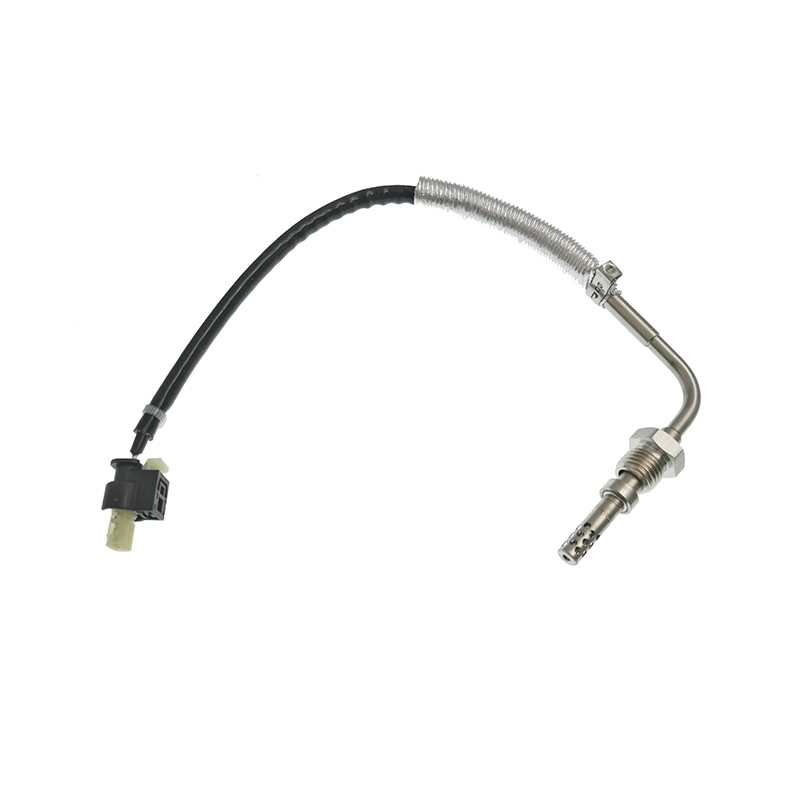 0009053300 , A0009053300 , A0009051405 PTC EGT Sensor
0009053300 , A0009053300 , A0009051405 PTC EGT SensorMERCEDES-BENZG-CLASS (W461) (1990/02 - /) MERCEDES-BENZVITO Bus (W639) (2003/09 - /) MERC...
-
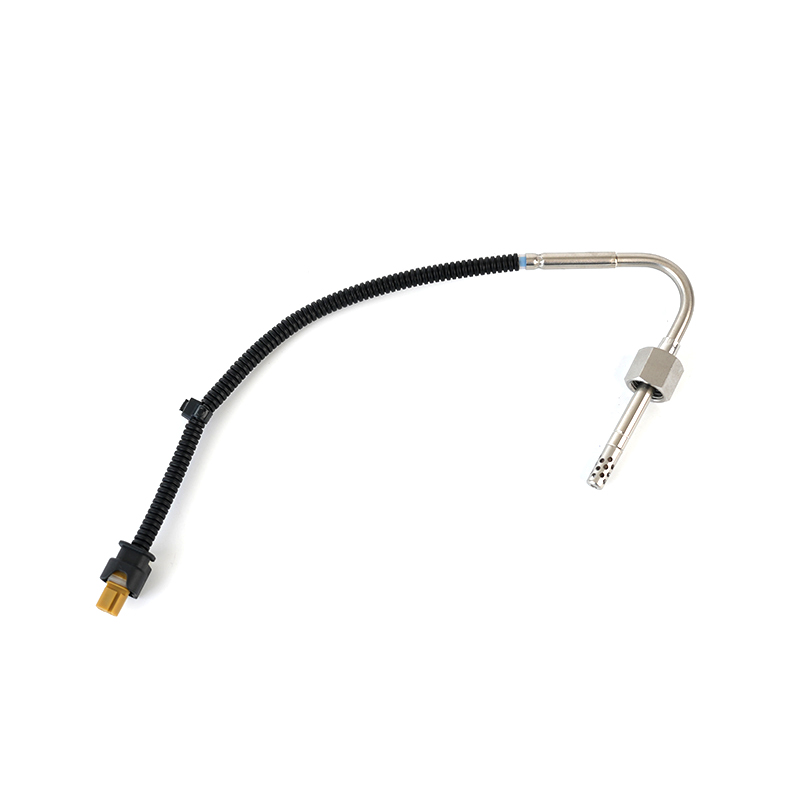 0019052200 , A0019052200 , A0009056904 PTC EGT Sensor
0019052200 , A0019052200 , A0009056904 PTC EGT SensorMERCEDES-BENZ GL350 2015-2016MERCEDES-BENZ ML350 2012-2014
-
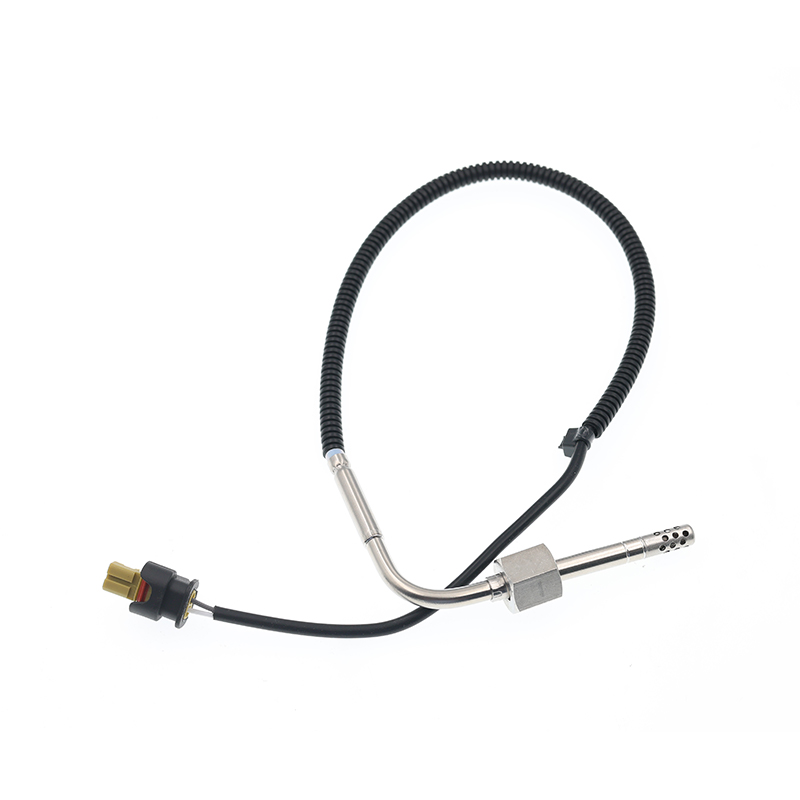 0015406017, 0051534128 , 0009055205 PTC EGT Sensor
0015406017, 0051534128 , 0009055205 PTC EGT SensorMERCEDES-BENZ CL500 (2000 - 2006)MERCEDES-BENZ CL55 AMG (2004 - 2006)MERCEDES-BENZ ML350 (2004 - 200...
-
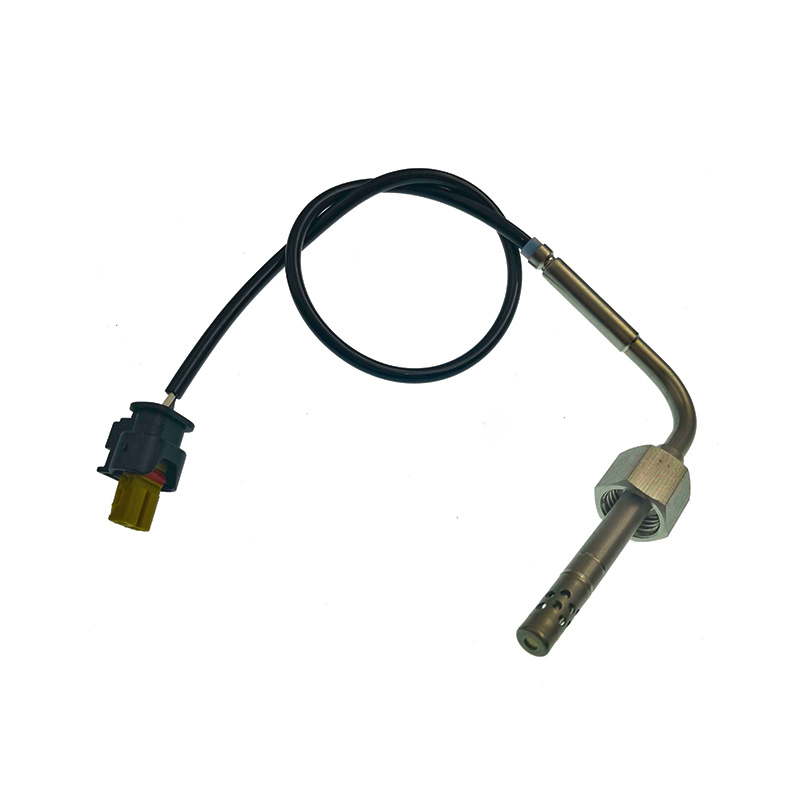 0071537528 PTC EGT Sensor
0071537528 PTC EGT SensorMERCEDES-BENZE-CLASS (W211) (2002/03 - 2009/03)MERCEDES-BENZE-CLASS T-Model (S211) (2003/0...
-
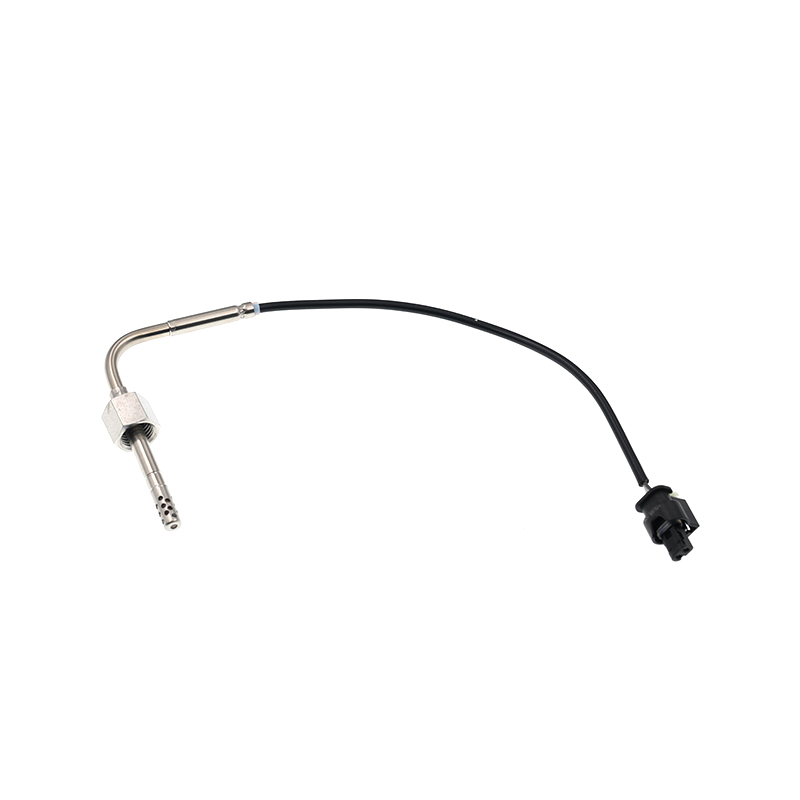 0071538828,A0071538828,0051539028 PTC EGT Sensor
0071538828,A0071538828,0051539028 PTC EGT SensorMERCEDES-BENZE-CLASS (W211) (2002/03 - 2009/03)MERCEDES-BENZE-CLASS T-Model (S211) (2003/0...
Specializing in the research and development of intelligent vehicle exhaust temperature sensor, intelligent NOX sensor, NH3 sensor, H2 sensor and speed sensor, design, production, sales and integration.
Sook High Tech (Jiangsu) Co., Ltd. was established in 2015, with a registered capital of 30.5 million yuan. Has won High-tech enterprise, National science and technology small and medium-sized enterprise, Software enterprise, Member of China Machinery Industry Standardization Technology Association, Council Members of Sensor and IoT Industry Association, Council Members of China Instrument Industry Association Sensor Branch and Council Members of Jiangsu Import and Export Chamber of Commerce.
As a professional China OEM PTC EGT Sensor Manufacturers and ODM PTC EGT Sensor Factory
, SOOK High Tech focuses on the design, production, sales and integration of various sensors for smart cars and industrial fields, as well as cables and heaters for the industrial field.
Has an annual production capacity of 600,000 sensors of various types. There are more than 2,000 items of exhaust temperature sensors, 450 items of NOx sensors, and 1,300 items of ABS sensor, which are exported to Europe and the United States.
Learn about our industry exhibition information and recent events in our company.
-
What impact does the PTCEGT sensor have on emission control?
1. Accurate Temperature Monitoring Improves Combustion Efficiency Real-time Temperature Feedback: The PTC EGT sensor utilizes the positive temperature change characteristic of plat...14 -
What is an NTC EGT Sensor?
1. Working Principle The NTC EGT Sensor uses NTC (Negative Temperature Coefficient) thermistor technology, where the resistance drops rapidly as the temperature rises. When the tem...07 -
What is a PTC EGT Sensor?
1. Working Principle: The PTC EGT Sensor is based on the positive temperature coefficient (PTC) property of platinum metal. As temperature increases, the resistance of platinum met...31 -
What are automotive sensors?
Interpretation of Automotive Sensors 1. Concept Explanation Automotive sensors are devices that convert physical or chemical quantities such as temperature, pressure, displacement,...17
In what systems are NTCEGT sensors commonly used?
1. Automotive Exhaust Temperature Monitoring
NTCEGT sensors are installed on the engine's exhaust manifold or exhaust pipe to measure exhaust temperature in real time, helping the engine control unit (ECU) optimize fuel injection, ignition timing, and emissions control.
2. Heating, Ventilation, and Air Conditioning (HVAC) Systems
In appliances such as air conditioners and water heaters, NTC sensors are used to detect room or hot water temperature, enabling energy-saving control and comfort adjustment.
3. Industrial Process Control
NTCEGT sensors are often used in heat treatment on production lines, furnace temperature monitoring, and temperature feedback in chemical processes. Their high sensitivity and reliability ensure process stability.
4. Other Applications
NTCEGT sensors are also used in marine engines, aircraft engines, and some laboratory test equipment because of their high-temperature gas tolerance and accuracy, meeting the demands of demanding environments.
What is the difference between PTC technology and traditional thermocouples?
1. Working Principle
PTC sensors: Based on a positive temperature coefficient thermistor, their resistance increases as the temperature rises; they are a type of resistive temperature measurement. Thermocouples: Utilize the thermoelectric potential (Seebeck effect) generated by a temperature difference between two dissimilar metals to directly output a voltage signal.
2. Temperature Range and Accuracy
PTCs: Suitable for medium to low temperature ranges between -60°C and 150°C, with relatively high accuracy, especially stable in overheat protection scenarios.
Thermocouples: Offer a wide temperature measurement range (-270°C to 2300°C), but their accuracy is slightly inferior to PTCs in the low-temperature range.
3. Response Speed and Linearity
PTCs: Offer fast response and are nearly linear within a certain range, making them easy to directly map to temperature values.
Thermocouples: Offer extremely fast response, but their output is a nonlinear voltage, requiring cold-junction compensation and linearization.
4. Cost and Application Scenarios
PTCs: Simple in structure and low in cost, they are commonly used in low- to medium-temperature applications such as motor overheat protection and home appliance temperature control.
Thermocouples: Costly in manufacturing, they are suitable for industrial environments with high temperatures, severe corrosion, or those requiring long-distance signal transmission.



 English
English Español
Español Français
Français
 简体中文
简体中文